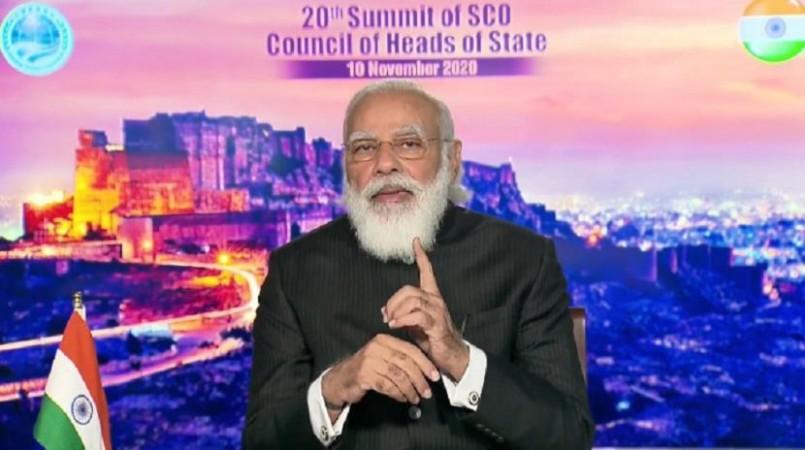It was on December 10 that Indian Prime Minister Narendra Modi, along with priests from Sringeri Sharada Peetha performed the traditional puja ceremony for the new Indian parliament building. While performing the Bhumi Puja for the new building, PM Modi mentioned a name called 'Uthiramerur' (North Merur). Ever since Modi mentioned this name, netizens have been eagerly searching on the internet to know more about this term.
Where is Uthiramerur?
Uthiramerur is a place in the Kancheepuram district of Tamil Nadu. This small panchayat town is known for its three important temples. All these temples are noted for their inscriptions that describe a self-governance system that existed around 7th to 9th century CE.

The Uthiramerur model of democracy and self-governance system was prevalent during the reigns of Raja Raja Chola (985-1014 A.D.), his son Rajendra Chola (1014-1044), and Krishnadeva Raya (1509-29) of Vijayanagara empire.
Rules of Uthiramerur model of democracy
In the ancient Uthiramerur, the village administration was selected through elections, and it is considered one of the first forms of a democratic system that existed in India. R. Sivanandam, epigraphist at the Tamil Nadu Department of Archaeology revealed that the inscriptions that detail village assembly, also known as Mandapa in Uthiramerur, hold complete information about the functioning of this system.
Historians also suggest that the inscriptions in Uthiramerur indicate the prevalence of a written constitution that prescribed the mode of elections in the area. The ancient Uthiramerur village was divided into 30 wards, and villagers had the privilege to select one representative in each ward. People who want to participate in the elections should be at least 35 years old, and should not exceed 75 years.
People who have a history of crime or malpractice were not granted permission to contest in the election. According to historians, villagers in Uthiramerur had the power to recall elected representatives if these elected members fail to do their duty. "It is an outstanding document in the history of India. It is a veritable written constitution of the village assembly that functioned 1,000 years ago," said popular archeologist Dr Nagaswamy.
TN Seshan's Inspiration
Even T.N. Seshan, the tenth Chief Election Commissioner of India from 1990 to 1996, was credited to have taken a few lessons from these inscriptions before starting his journey as the most efficient bureaucrat who ruthlessly enforced the model code of conduct in Indian elections that won him the Magsay Award in 1996.
After Seshan's death in November 2019, Modi credited him with bringing electoral reforms in the country. "TN Seshan was an outstanding civil servant. He served India with utmost diligence and integrity. His efforts towards electoral reforms have our democracy stronger and more participative. Pained by his demise," Modi tweeted. Now, Modi has credited Uthiramerur from where Seshan's inspiration came from.










!['Lip lock, pressure, pyaar': Vidya Balan- Pratik Gandhi shine in non-judgmental infidelity romcom Do Aur Do Pyaar [ Review]](https://data1.ibtimes.co.in/en/full/797104/lip-lock-pressure-pyaar-vidya-balan-pratik-gandhi-shine-non-judgmental-infidelity-romcom.jpg?w=220&h=138)






